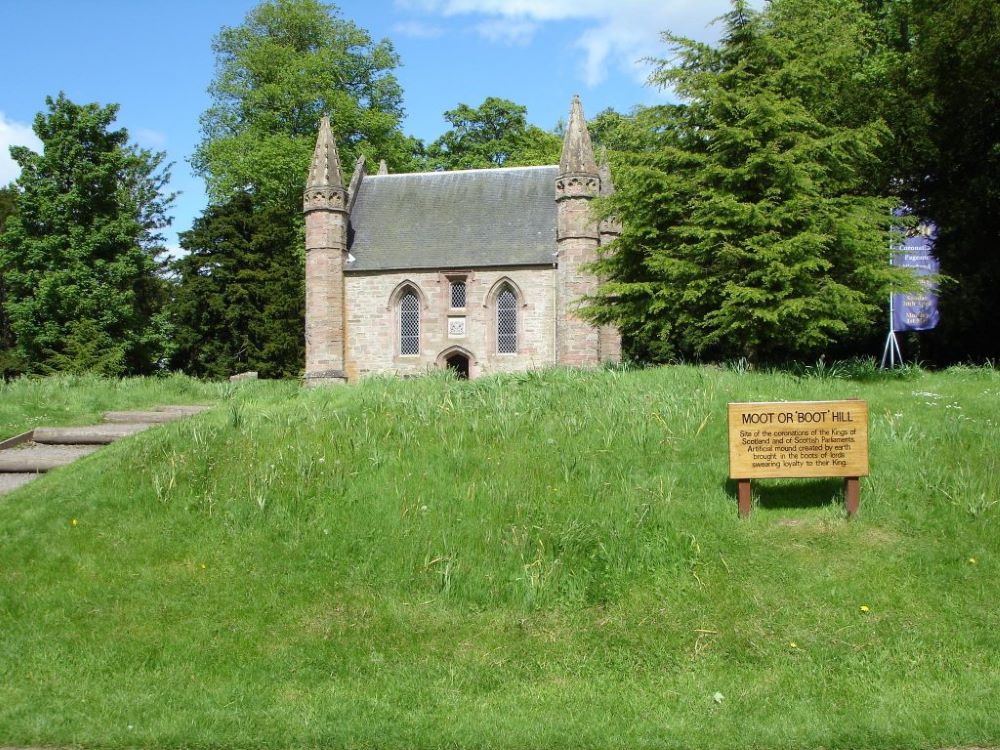New Book to be Published Shortly - Royalty and Ritual: Landscapes of Power in Early Medieval Scotland and Europe
The ‘Places of Royal Power and Ritual in Early Medieval Scotland and Europe’ project is an interdisciplinary research programme that unites experts from history, archaeology, culture, and heritage disciplines. The project investigates the role of ritual, particularly in relation to the making of kings, in early medieval Scotland.
Co-project leads, Professor Alex Sanmark, the UHI Institute for Northern Studies VEMS and Dr. Mark Hall, Collections Officer at Perth Museum, guided the exploration of some of the lesser-known landscapes and sites of early medieval kingship and ritual in Scotland. This initiative focused particularly on the Pictish period (AD 300-900) and included a series of events, workshops, public talks, and conferences.
Professor Sanmark stated, “In recent years, there has been a growing interest in royal sites in Scotland, as well as in other parts of Europe, including Ireland, Scandinavia, the Slavic kingdoms, and the Carolingian Empire. Archaeologically, the question of ritual in early medieval Scotland has been underexplored. This project has addressed these gaps in our knowledge through detailed studies of written sources and archaeological remains. We are pleased to announce that the volume entitled ‘Royalty and Ritual: Landscapes of Power in Early Medieval Scotland and Europe’, summarizing the work completed by an international group of esteemed academics, will be available soon from Sidestone Press.”

Dr Hall observed that, “It was a great privilege to be able to collaborate with UHI on this exciting project devised by Alex and me and its success sets a benchmark for future collaborations between UHI and Culture Perth and Kinross. The project afforded the space to foster a clearer understanding of early medieval kingship in Scotland and how that influenced the trajectory of later kingship rituals. Key amongst those is the Stone of Scone or the Stone of Destiny, which occupies a central display place in the new Perth Museum. This project has helped immensely in our understanding of that pivotal piece of masonry.”
The ‘Places of Royal Power and Ritual in Early Medieval Scotland and Europe’ project has its own website where you can find additional information about this intriguing research program. The site also features recordings of the public lecture series and the conference.